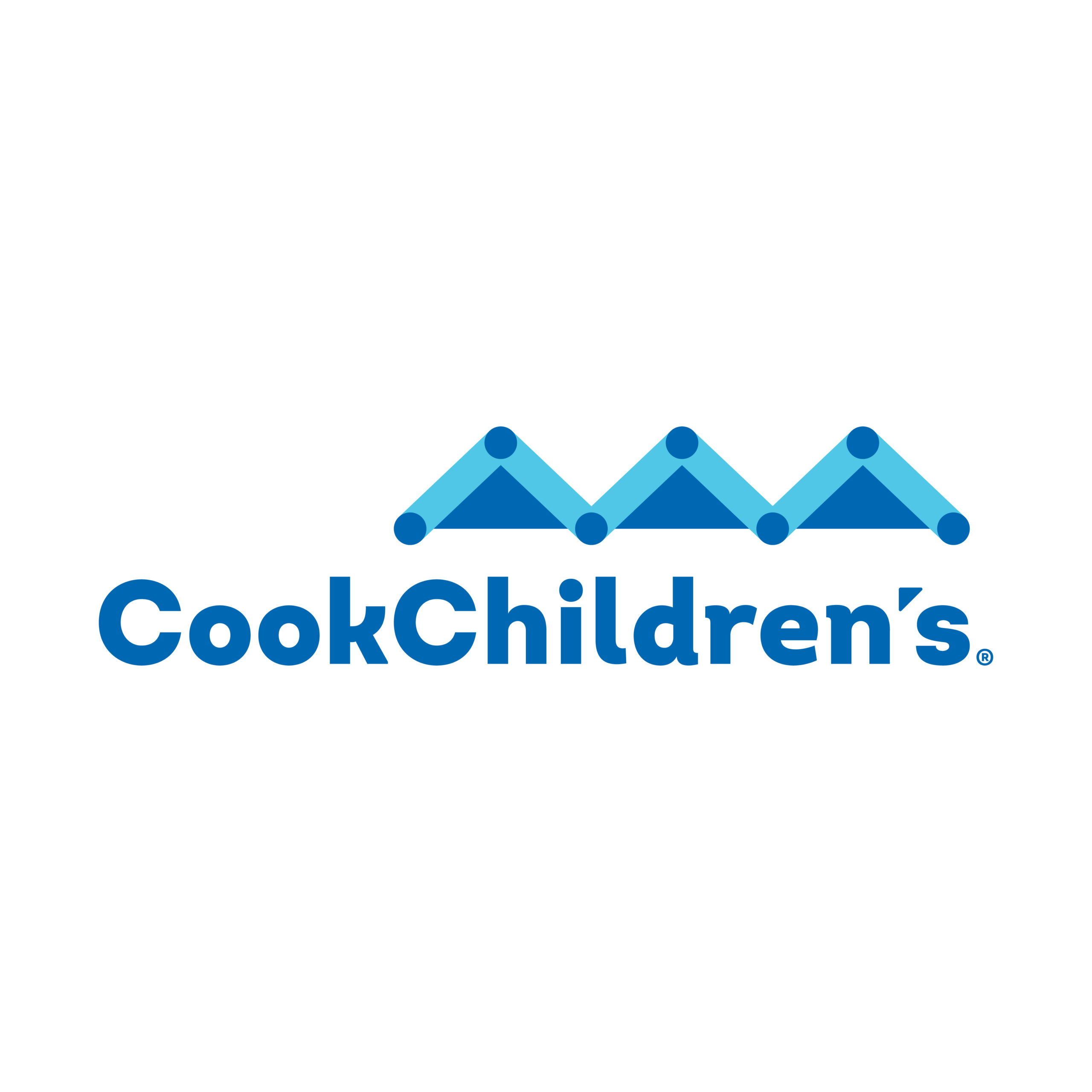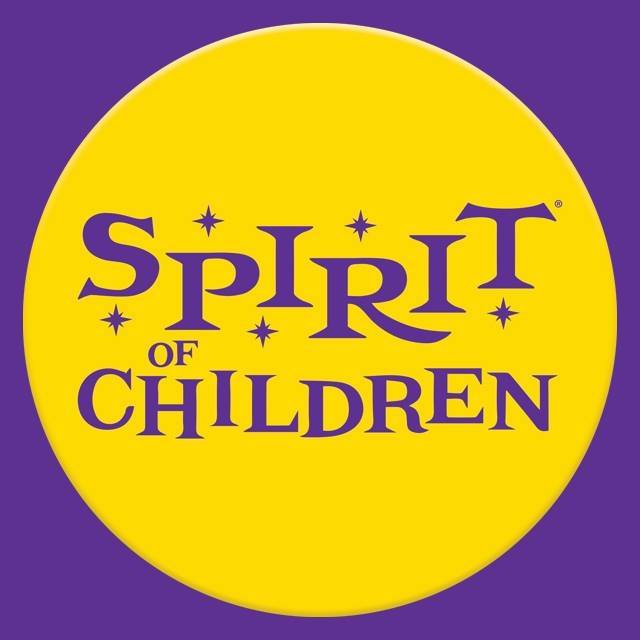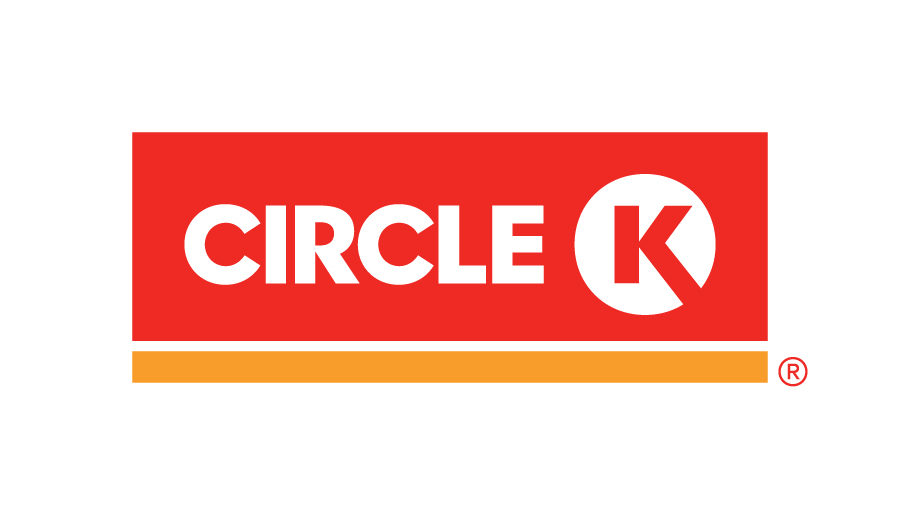Hand surgery changes young man’s life
At 20, man opens hand for first time since he was a baby

For most of the first 20 years of his life, Michael Jankowiak never played ball or even owned a toy. His debilitating cerebral palsy wadded his fingers into a tight fist. He barely moved his hands, except to drive his electric wheel chair.
Then, during a visit to his neurologist, every changed. During a BOTOX® session at Cook Children’s, Fernando Acosta Jr., M.D., a neurologist at the Jane and John Justin Neurosciences Center, told Michael’s mother, Lynn, that a surgeon on staff could possibly make a big difference in her son’s life.
Lynn was told Pamela Sherman, M.D., performed surgeries on children with disabilities.
The original intent of the surgery was to help children clean the palms of their hand and aimed at improving hygiene for patient with significant contractures (the permanent tightening of muscles, tendons ligament or skin that results in a loss of motion in the affected joints).
But the sides effects were, as Lynn puts it, “pretty remarkable.”
Patients who need this surgery often demonstrate limited function with the contracted limb preoperatively. Things such as the ability to trim finger nails, avoid skin breakdown in the palm or elbow and the ease of nursing care with dressing, bathing and transferring to the wheel chair are the focus of surgical intervention.
“Placing the upper extremity in a more functional position and releasing contractures often has a wonderful added benefit of improving use,” Dr. Sherman said. “Suddenly, the patient with previously limited spontaneous use of their limb has a hand that they are able to use to push a wheelchair control, use a communication board or hold an object. A little goes a very long way for them.”

For the first time since he was a baby, Michael, who is now 24, opened up his left hand and played with a toy. Michael even held his own glass and brought it to his mouth to take a drink.
“This surgery has given him something new with his life,” Lynn said. “He has never been able to find a toy that he could play with. We took a golf-sized rubber ball. It’s elastic and put a rubber band on it. It looks like it came out of a gum ball machine. But when he’s playing with it, he grins from ear to ear. He can now even hold the ball and drops it for the dogs to play with him.”
After receiving a second surgery on his right hand that summer, Michael could now play on his iPad. He can swipe and select different videos to watch on YouTube.
What may have seemed so routine to most families has been nothing short of a miracle to Lynn because of how far her son has come.
Lynn described her first few months after she learned Michael had cerebral palsy as “fuzzy.” She lived in a terrified blur of emotions and cried for the first year after learning of his diagnosis.
But through her tears Lynn kept her resolve, beginning with one decision – Michael would be transferred from the family home in Abilene to Fort Worth to be treated by Cook Children’s. They then moved to Fort Worth to stay closer to Cook Children’s.
“To see your baby crawling, trying to learn to walk and then all of a sudden he’s not moving, was horrible,” Lynn said. “We insisted he be transferred. If he had not gotten transferred Michael would not be alive. I believe that with all my heart. I would not go anywhere else.”
The first month he stayed in the Pediatric ICU. Since then Michael has been seen by a plethora of specialties at Cook Children’s including Infectious Disease, Neurosciences, the Heart Center, Radiology, Surgery and Rehabilitation Services for issues ranging from pneumonia to cerebral palsy.
Michael stopped moving his extremities at 18 months and was diagnosed at that time.
Mark Shelton, M.D., was the physician on-call the day Michael first arrived at Cook Children’s. Dr. Shelton, a member of the Cook Children’s Physician Network, continues to be Michael’s primary care physician.
“Dr. Shelton, even though he is a specialist, I want him involved in everything,” Lynn said. “I trust him completely. I honestly think Dr. Shelton saved Michael’s life. He’s wonderful and so is his entire staff. He has such wonderful nurses. But all of Cook Children’s has such great nurses.”

Medical Director of Orthopedic Services David Gray, M.D., has also been there for Michael through multiple operative procedures associated with cerebral palsy.
“Dr. Gray is amazing. I remember him when he joined the Cook Children’s staff,” Lynn said. “A few years ago Michael broke his femur. When the ambulance came I told them I wasn’t going anywhere but Cook Children’s. Dr. Gray wasn’t on call that day, but somehow they got in touch with him and Dr. Gray managed to be there when we needed him.”
And now even today, after all this time, Lynn believes Cook Children’s works miracles for her son.
“It’s really the entire system,” Lynn said. “Everybody works so well together. It’s one of those places. I remember how I felt from the first time I walked in at 2 in the morning. It’s just comforting. You knew you were going to be treated well and your child was going to be taken care of by everyone.”





